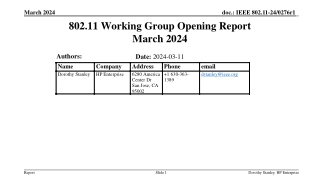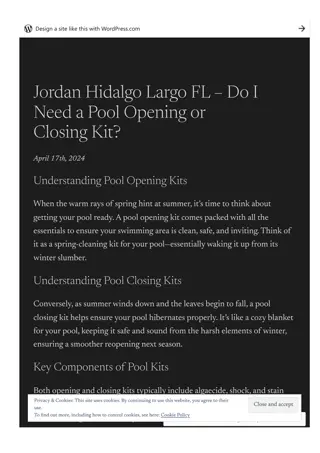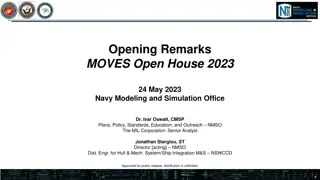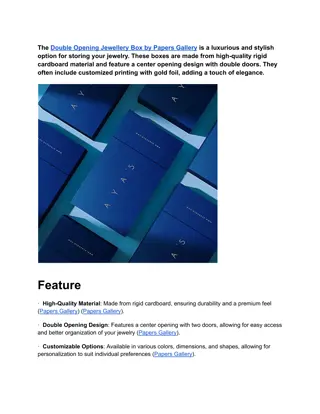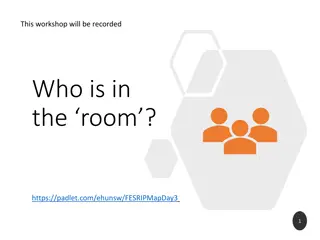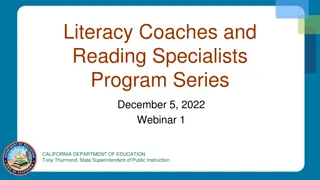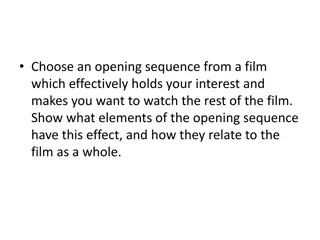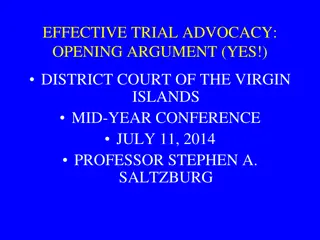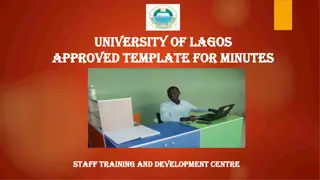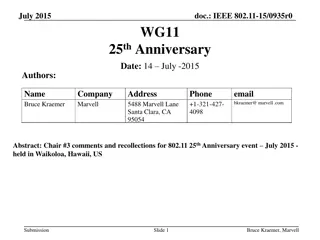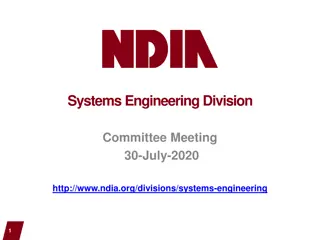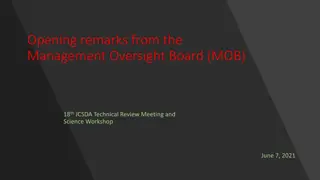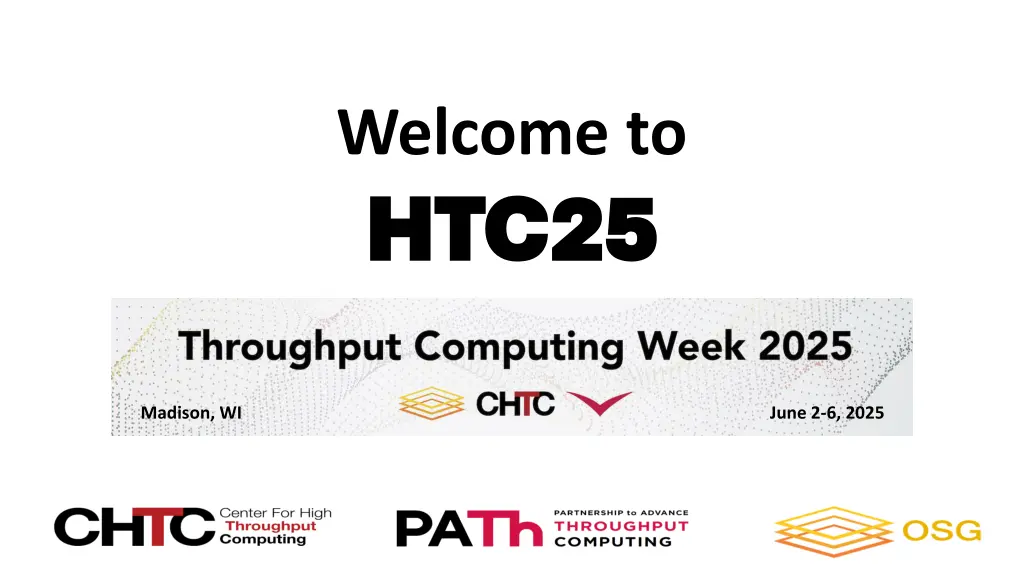
Thriving Throughput Computing Community at HTC25 Conference
"Join us at HTC25 in Madison, WI as we celebrate 40 years with over 120 in-person attendees, 300 remote registrations, and 70 special guests. Explore the value of throughput computing for researchers, AI workloads, and more. Discover the vision of Center for High Throughput Computing and the latest updates from PATh. Get insights into the future of high-throughput computing for scientific discovery and innovation."
Uploaded on | 1 Views
Download Presentation

Please find below an Image/Link to download the presentation.
The content on the website is provided AS IS for your information and personal use only. It may not be sold, licensed, or shared on other websites without obtaining consent from the author. If you encounter any issues during the download, it is possible that the publisher has removed the file from their server.
You are allowed to download the files provided on this website for personal or commercial use, subject to the condition that they are used lawfully. All files are the property of their respective owners.
The content on the website is provided AS IS for your information and personal use only. It may not be sold, licensed, or shared on other websites without obtaining consent from the author.
E N D
Presentation Transcript
Welcome to HTC25 HTC25 Madison, WI June 2-6, 2025
More than 120 in-person attendees More than 300 remote registrations More than 70 guests joining us for the 40 years celebration tomorrow
remote registrations from 30 international institutions
Thank you for joining us Together we build a thriving Throughput Computing community
Navigating the PATh forward Miron Livny UW-Madison Vilas Research Professor John P. Morgridge Professor of Computer Science UW-Madison Center for High Throughput Computing Morgridge Institute for Research
40 years of (HT)Condor 20 years of OSG 5 years of PATh 2 years of Pelican
Center for High Throughput Computing (CHTC) Vision Distributed High Throughput Computing and Research Computing Facilitation are powerful enablers of scientific discovery many fields today rely on high- throughput computing for discovery.
What is the value proposition of throughput computing for researchers with AI workloads?
Professor Tony Gitter is now a PATh co-PI Dr. Ian Ross is now the PATh AI coordinator PATh was awarded a supplement as a NAIRR pilot demonstration project PATh joined NAIRR as collaboration resource
OS Facilitation Facilitation Team
Translational (Computer) Science Feedback Locale Where services are deployed and operated (5-10 years) Laboratory Where Innovation and development happens (2-5 years) Communities Where services enable science (10 + years) Innovate Technologies and Methodologies Deploy Services Build Communities
Published 1987
187 Registered HTCondor systems
The Locale - Sites with deployed 258 Sites 168 Institutions
LIGO-Virgo-KAGRA Announce the 200th Gravitational Wave Detection of O4! When asked about the contributions of the PATh project to this milestone, Dr. Stuart Anderson who serves as the LIGO Scientific Computing Lead responded Yes, most definitely! adding FYI, most, but not quite all, of the O4 detections (and rapid follow-up analysis, i.e., skymaps and other parameter estimation) were made using HTCondor. . Digging deeper into the value of PATh to LIGO, Stuart pointed out that Both LIGO Observatories and the central data processing/archive site at CIT use HTCondor heavily for both online low-latency processing and deep offline searches. You can also say that all of the NSF funded LIGO Scientific Collaboration computing centers in the US run HTCondor, i.e., UWM and PSU. We also sweep up cycles from other NSF facilities in the US via HTCondor glideins, as is the case for international computing resources. In March-25 the International Gravitational Wave Network (IGWN) HTCondor world-wide pool served more than 2.9 M job that consumed more than 7M core hours serving more than 60 users via 5 HTCondor Access Points operated by LIGO. Last week, the OSDF delivered the IGWN pool more than 1.1M objects for a total of 1.8 PB of data.
Aga Khan Palace, Pune, India (09/2024)
Mohandas Mohandas Karamchand Karamchand Gandhi Gandhi (2 October 1869 30 January 1948)
Building a lasting relationship with a community requires an evolving value proposition and mutual trust
Do we believe that our technologies, methodologies and services are Trustworthy? Do the communities/organizations that adopt (deploy, use, depend on) our technologies, methodologies and services believe that they are Trustworthy?
Does an owner/administrator of an Object Store that allows an OSDF Origin to perform GET and PUT operations trust the OSDF to follow the Object Access policy of the Store? Who got access to the Object Who provided the Object? Does a consumer who requests the Pelican Client to GET or PUT a named Object trust the integrity of the Client? Is the Object delivered identical to the Object stored? Is the Object stored identical to the Object provided?
How to effectively communicate the value proposition of our services?
What is the value message to a specific class of audience? How do we communicate the value message to different audiences? What will be effective to quantify about our value? What can we measure and collect? How much do we trust our data collection (monitoring) and reporting mechanisms? How quickly can we respond to a request for quantitive information?
https://path-cc.io/contact/ This work is supported by the National Science Foundation under Cooperative Agreements OAC-2030508, OAC-2331480. Any opinions, findings, conclusions or recommendations expressed in this material are those of the authors and do not necessarily reflect the views of the National Science Foundation.

